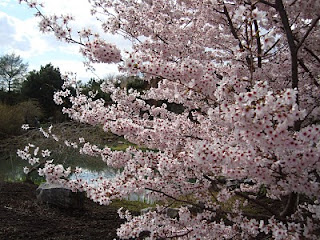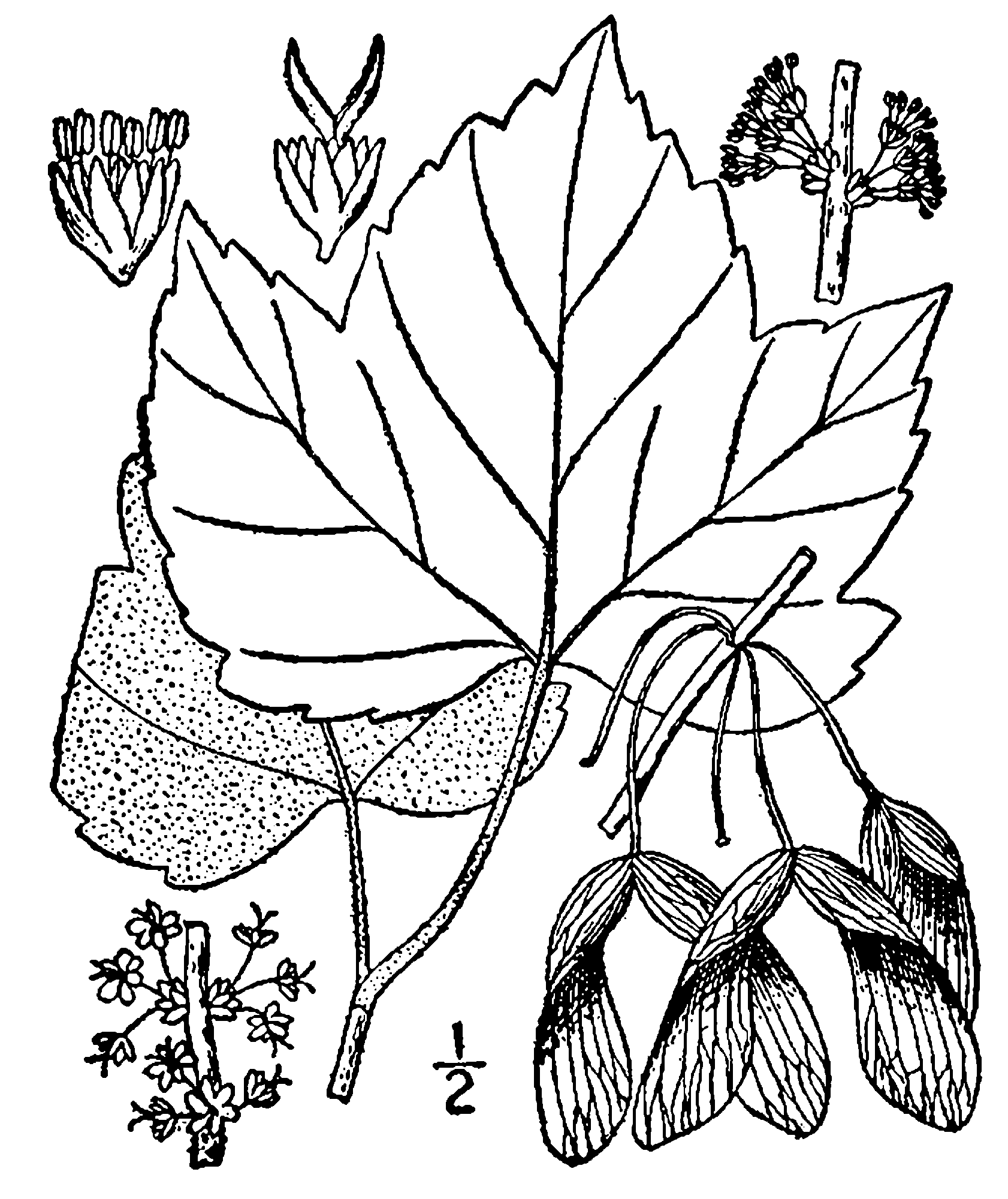Natura Static-Free Reusable Dryer Sheets - Chemical Free
I recently discovered this wonderful product. Although I am still in the trial stages, I think it's great. It's a simple way to reduce trash and spending. Static Eliminator Reusable Dryer Sheets, as seen on amazon.com, come in packs of 2 for 15$. They are hypoallergenic, reduce cling, soften fabrics, and last for hundreds of loads.
Let's say you do 2 loads of laundry a week. Over a year, that comes up to 104 loads a year. You will use the same amount of dryer sheets if not more depending on whether or not you believe in double sheeting big loads and/or use them for other purposes. I can't remember how much dryer sheets cost right now but online the cheapest I found (on the one site I looked at by sheer laziness) they were $6.80 for 80 sheets (which seems a bit expensive but anyway). Taking these numbers, you will spend at least $9 a year on dryer sheets which you throw away after one use. Not to mention these sheets are accused by many to coat your clothes with chemicals and to be dangerous to children and pets. So why not spend 15$ (7.50$/year), reduce your trash and the amount of potentially dangerous chemicals in your house.
You can visit their website by clicking here. This company is endorsed by David Suzuki as they blatantly announce on their website (then again, so would I if it were the case).
Do you use this product? What do you think?
Would you consider using this product?
Take care!











































